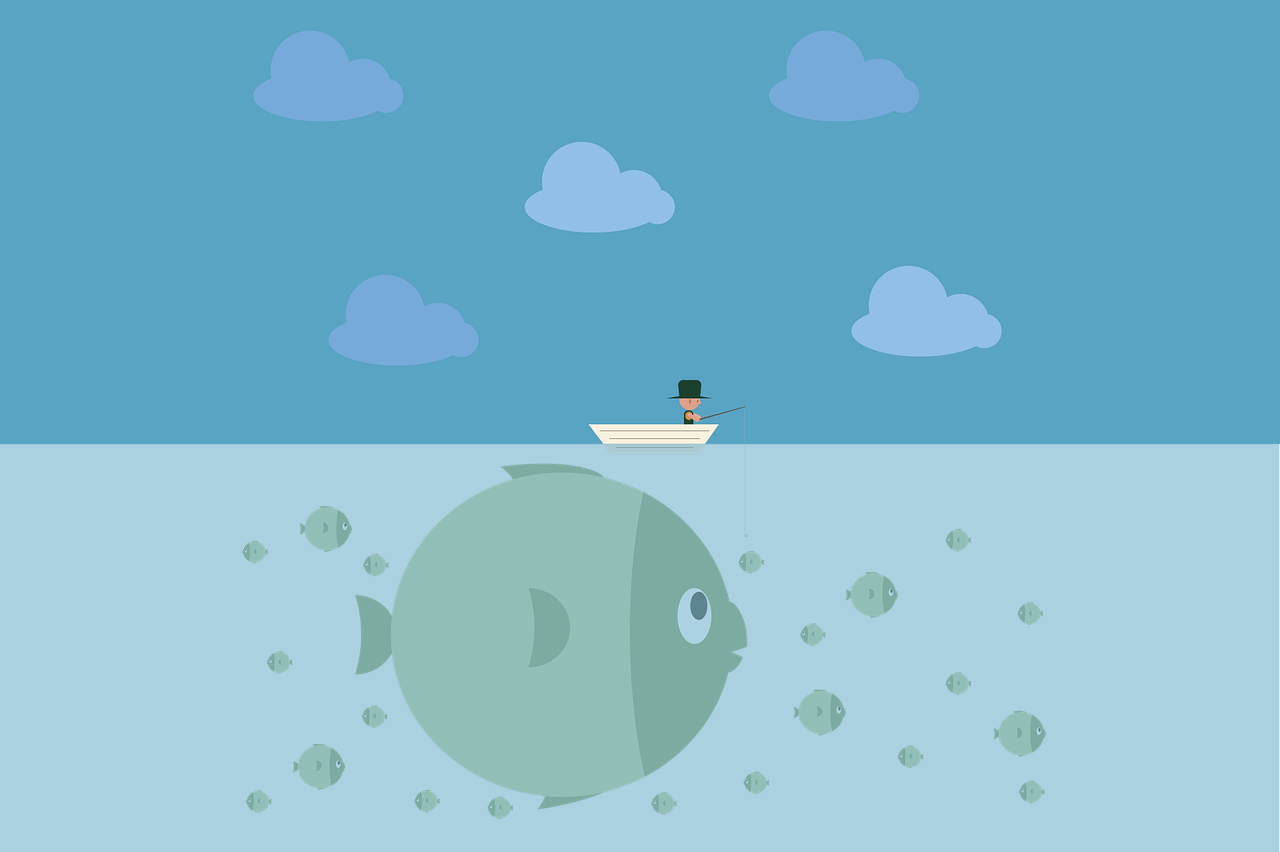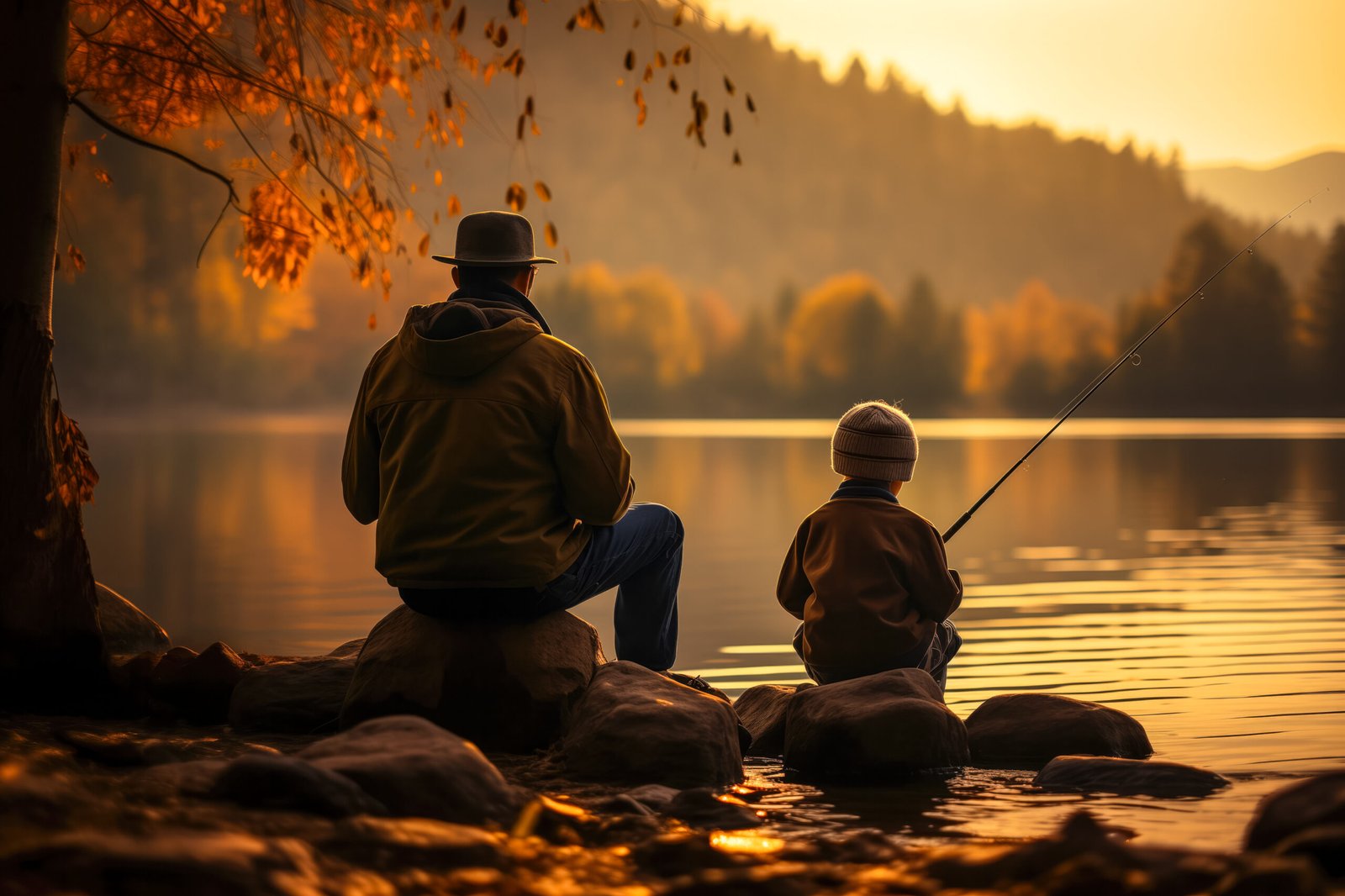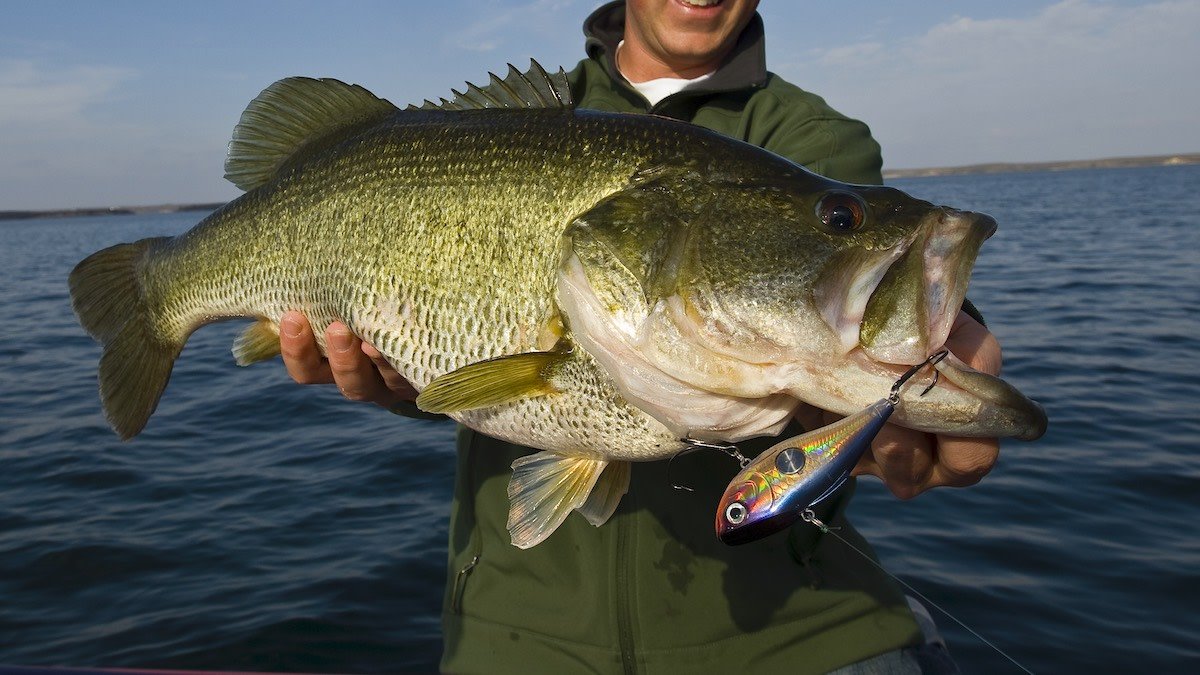As avid anglers, when it comes to finding the perfect spot for casting our lines, nothing beats the serene beauty and abundant waters of the best fishing lakes. In this article, we’re excited to share with you a carefully curated list of top-notch fishing destinations where the fish are always biting, and the scenery is just as breathtaking. From the crystal-clear waters of mountain lakes teeming with trout to the calm expanse of lowland lakes rich in bass and pike, join us as we explore these magnificent fishing havens, ensuring your next fishing trip is nothing short of spectacular.
Lake Champlain, Vermont and New York
Overview of Lake Champlain
Lake Champlain is a scenic gem that straddles Vermont and New York, and even touches Quebec, Canada. We’ve found it to be a haven for outdoor enthusiasts, especially for those of us who are keen anglers. The lake has a rich history, breathtaking landscapes, and is a vital waterbody that supports a diverse ecosystem.
Types of fish found
In our adventures, we’ve discovered that Lake Champlain is home to an array of fish. It boasts species such as largemouth and smallmouth bass, northern pike, various types of panfish, and even lake trout and Atlantic salmon. This diversity makes it an exciting fishing ground for us, regardless of our preference or skill level.
Fishing regulations
Before we cast our lines, it’s crucial to familiarize ourselves with the local fishing regulations. These rules can vary depending on which part of Lake Champlain we’re on. Regulations cover aspects like catch limits, size restrictions, and specific seasons for each fish species. Ensuring we’re compliant not only protects the fish populations but also makes our fishing experiences more enjoyable.
Best time to fish
We’ve found that the best time to fish in Lake Champlain tends to be during the warmer months, from late spring through early fall. This period offers optimal water temperatures for most species, making them more active and easier to catch. However, ice fishing in the winter can also be rewarding, particularly for species like northern pike and perch.
Navigating Lake Champlain
Navigating Lake Champlain can be a rewarding experience, given its size and the variety of landscapes it offers. We always make sure to have a detailed map or a GPS device, especially when exploring new areas. It’s also wise to check the weather and water conditions, as the lake can get choppy, and some areas might be difficult to access without proper preparation.
Lake Erie, Pennsylvania, Ohio, Michigan, and New York
Overview of Lake Erie
Lake Erie, part of the Great Lakes system, touches several states and offers some of the best fishing opportunities in the region. It’s the shallowest of the Great Lakes, which means it warms up faster in the spring and summer, creating ideal conditions for various fish species. The lake’s shores and waters are bustling with activities, from commercial shipping to recreational boating and, of course, fishing.
Species of fish present
We’re always thrilled by the variety of fish Lake Erie hosts. Walleye, perch, and smallmouth bass are among the stars of the lake, drawing anglers from all over. Additionally, steelhead, lake trout, and muskellunge are also present, offering us ample opportunities to challenge our fishing skills.
Fishing regulations
Fishing regulations on Lake Erie can be quite specific, varying by state waters we’re fishing in. We always check the current rules for catch and size limits, and season dates. This diligence helps us to prevent overfishing and to contribute to the sustainability of the lake’s ecosystems.
Peak fishing seasons
Our experiences have taught us that spring and summer are the peak seasons for fishing on Lake Erie, especially for walleye and perch. The fall season, however, is not to be underestimated, as it offers excellent steelhead fishing opportunities, particularly in the lake’s tributaries.
Charting Lake Erie
Given Lake Erie’s vastness and its changing conditions, we always prepare thoroughly before setting out. Using a chart plotter or a detailed map is indispensable for navigating its waters efficiently. We also keep an eye on the weather forecasts and lake conditions reports, to ensure a safe and productive outing.
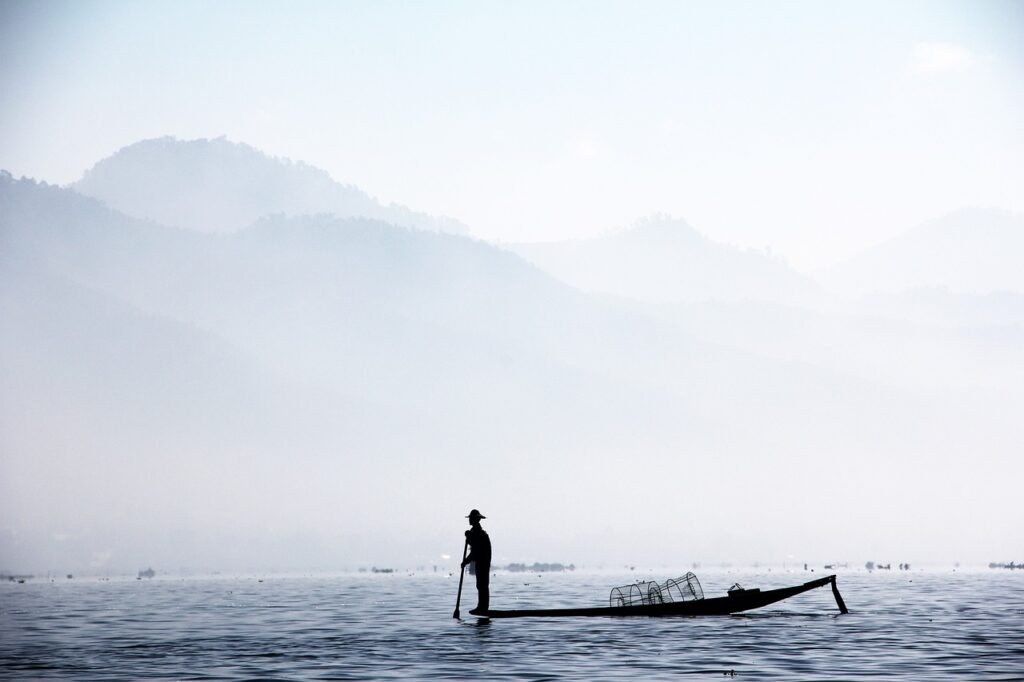
This image is property of pixabay.com.
Lake Michigan, Illinois, Indiana, Michigan, and Wisconsin
General information about Lake Michigan
Lake Michigan is another jewel among the Great Lakes, unique for being located entirely within the United States. Its vast shoreline encompasses several states, offering a multitude of fishing spots, scenic views, and recreational activities. The lake has deep clear waters, sandy shores, and a variety of habitats that make it a thriving ecosystem for many fish species.
Fish species in the lake
We’ve encountered a rich biodiversity in Lake Michigan, including popular catches like salmon (Chinook, Coho, and Atlantic), as well as lake trout, walleye, and yellow perch. This variety allows us to try different fishing techniques and strategies, making every trip an exciting adventure.
Fishing regulations
Given the diverse fish populations and the environmental efforts to maintain them, Lake Michigan has a set of fishing regulations we must adhere to. These include licenses, catch limits, and size restrictions, varying by the specific area of the lake we’re in. We always make sure to stay informed and respect these rules to preserve the lake’s natural beauty and abundance.
Optimal fishing period
We’ve found the optimal fishing period in Lake Michigan to be from late spring to early fall, similar to Lake Champlain. During this time, the lake’s vast waters warm up, activating fish metabolisms and feeding patterns. Yet, winter shouldn’t be overlooked, as ice fishing for species like perch can be incredibly rewarding.
Guide to navigating Lake Michigan
Navigating Lake Michigan requires careful planning and a good understanding of marine navigation. We always check the weather and lake conditions beforehand, and we equip ourselves with updated nautical charts or GPS devices. Keeping safety gear on board and informing someone about our trip plans are practices we never skip.
Lake Sam Rayburn, Texas
Profile of Lake Sam Rayburn
Nestled in the heart of east Texas, Lake Sam Rayburn is a sprawling reservoir known for its picturesque setting and excellent fishing. It’s a favorite among us for both competitive fishing tournaments and leisurely weekend trips. The lake’s extensive surface area and abundant aquatic vegetation create a perfect habitat for various fish species.
Fish types found
Lake Sam Rayburn does not disappoint when it comes to fish variety. It’s renowned for its largemouth bass, which can be found in impressive sizes, making it a hotspot for bass anglers. Additionally, crappie, catfish, and sunfish populate the lake, offering a broad range of fishing experiences for us to enjoy.
Fishing laws applicable
When planning a trip to Lake Sam Rayburn, we always update ourselves on the Texas Parks and Wildlife Department’s regulations. These include fishing season dates, bag and size limits, and the requirement for a fishing license. Staying informed on these regulations is crucial for a responsible and successful fishing adventure.
Best time to fish
Our experience has shown that the best times to fish in Lake Sam Rayburn are spring for largemouth bass, and fall for crappie and catfish. However, the lake provides year-round fishing opportunities, thanks to Texas’ generally mild climate and the diverse fish populations.
Navigating around the Lake
Navigating Lake Sam Rayburn can be as tranquil or as adventurous as we choose. We recommend using a detailed lake map or a GPS unit to explore the numerous coves and inlets. Paying attention to the weather conditions is also important, as it can affect both water levels and fish behavior.
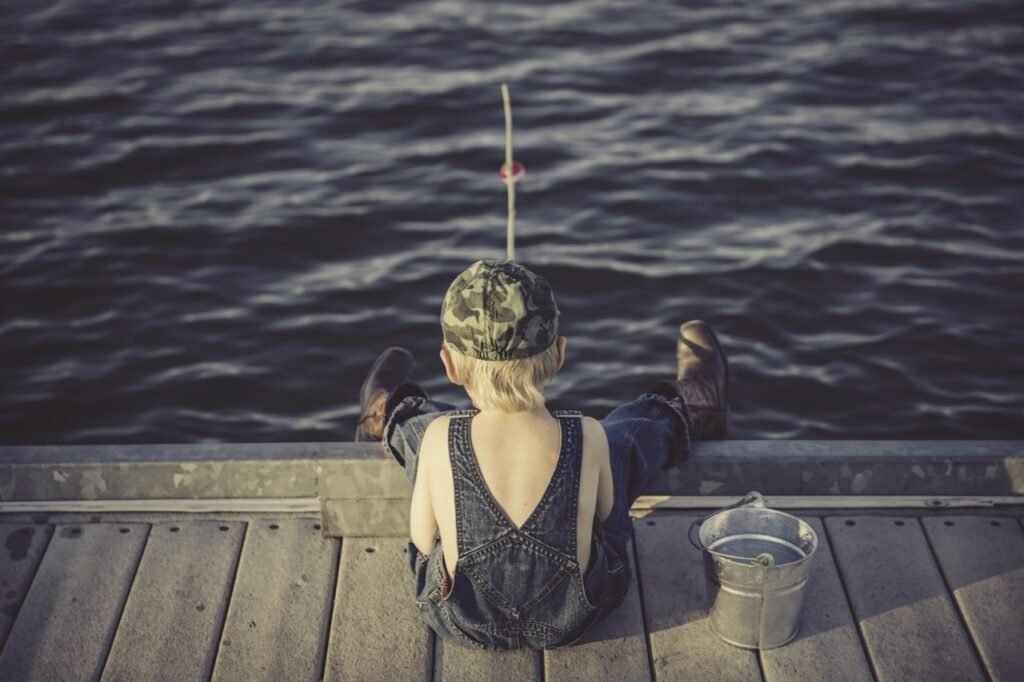
This image is property of pixabay.com.
Lake Okeechobee, Florida
Lake Okeechobee overview
Lake Okeechobee, affectionately known as Florida’s “Inland Sea,” is the largest freshwater lake in the state and the second-largest body of freshwater contained entirely within the continental United States. Its expansive waters, coupled with Florida’s warm climate, make it a prime location for fishing year-round. The lake’s shallow waters and abundant aquatic vegetation support a rich ecosystem, making it a paradise for anglers and nature lovers alike.
Fish species
We’re always excited about the variety of fish species Lake Okeechobee harbors, with largemouth bass taking center stage. It’s also home to black crappie (speckled perch), bluegill, and shellcracker, providing us with diverse fishing experiences. The healthy bass population, in particular, draws anglers from all over the world, making it a premiere fishing destination in Florida.
Regulations on fishing
Fishing on Lake Okeechobee is governed by specific regulations to ensure sustainability and protect its wildlife. These include size and bag limits for different fish species, and in some cases, gear restrictions. We always make it a point to check the latest regulations from the Florida Fish and Wildlife Conservation Commission to ensure we’re fishing responsibly.
Prime fishing times
While Lake Okeechobee offers excellent fishing year-round, we’ve found the peak season for bass to be during the cooler months, from November to April. This is when bass spawn and are more easily caught. For crappie, the best fishing tends to be from December through March, making winter an overall prime season for fishing on the lake.
Navigational tips for Lake Okeechobee
Navigating Lake Okeechobee’s vast expanse requires some preparation. We always bring along updated navigation charts or a GPS device to help us find our way. Since the lake is shallow, being mindful of the boat’s draft and avoiding navigation near dense vegetation areas where we might get stuck is crucial. Also, keeping an eye on the weather is essential, as conditions can change quickly.
Lake Guntersville, Alabama
Intro to Lake Guntersville
Lake Guntersville, Alabama’s largest lake, is a haven for those of us who enjoy fishing and outdoor adventures. The lake stretches over 69,000 acres, offering breathtaking views and a diverse aquatic habitat. Thanks to its size and abundant fish populations, Lake Guntersville is recognized as one of the best bass fishing lakes in the country.
Types of fish
Predominantly, Lake Guntersville is famous for its largemouth bass, which can be found in impressive sizes and numbers. Besides bass, we can also catch crappie, catfish, and bluegill, making every fishing trip an exciting challenge to see what we’ll reel in next.
Fishing rules and guidelines
The Alabama Department of Conservation and Natural Resources sets forth the fishing rules and guidelines for Lake Guntersville. These include obtaining the appropriate fishing license, adhering to size and bag limits, and following specific fishing seasons. By respecting these guidelines, we contribute to the lake’s conservation and ensure fantastic fishing for future generations.
Optimal fishing seasons
Largemouth bass fishing in Lake Guntersville is phenomenal, particularly from February to May when the bass spawn. However, due to Alabama’s temperate climate, we enjoy year-round fishing opportunities, with each season offering its unique fishing prospects. Summer provides excellent chances for night fishing, a favorite activity of ours to escape the heat.
Tips for navigating Lake Guntersville
Navigating the vast waters of Lake Guntersville is an adventure in itself. We always plan our routes carefully, taking into account the areas we intend to fish and the lake’s varying depths and structures. Utilizing a fish finder or a GPS navigation system greatly enhances our trips, helping us find the best fishing spots and navigate safely.
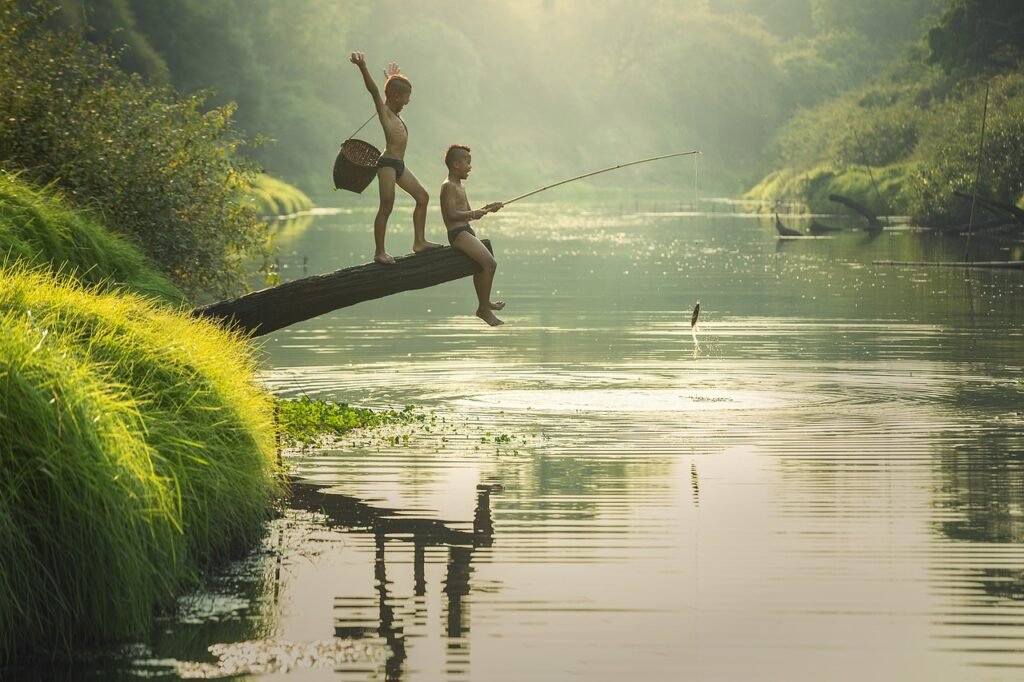
This image is property of pixabay.com.
Lake of the Ozarks, Missouri
Information on Lake of the Ozarks
The Lake of the Ozarks, nestled in the heart of Missouri, is a man-made reservoir that captures the essence of the Great Outdoors. With over 1,150 miles of shoreline, more than the coast of California, it’s a paradise for anglers and boaters alike. Its intricate coves and deep waters offer a serene yet exhilarating fishing experience.
Fish species present
Lake of the Ozarks is teeming with a variety of fish, making it a fruitful fishing destination. Largemouth bass, crappie, bluegill, and catfish are among the species we regularly seek. The lake’s diverse habitats support healthy populations of these fish, providing us with ample opportunities to make our catch of the day.
Fishing regulations
To ensure the sustainability of its fish populations, the Lake of the Ozarks has specific fishing regulations. These include limits on the size and number of fish that can be caught and kept. We always check the Missouri Department of Conservation’s guidelines before heading out, to make sure we’re fishing within the rules.
Best time for fishing
The best times for fishing at the Lake of the Ozarks can depend on the species we’re after. Generally, spring and fall offer the best conditions for bass and crappie, thanks to the moderate temperatures. However, we’ve found that fishing can be rewarding throughout the year, with each season bringing its unique appeal.
How to navigate the Lake
When navigating the Lake of the Ozarks, it’s essential to be well-prepared. With its numerous inlets and coves, a good map or GPS is invaluable. We also pay close attention to weather forecasts and lake conditions, as safety is paramount. Knowing the local regulations and having the proper safety equipment onboard ensures a pleasant and safe trip for everyone.
Lake St. Clair, Michigan
A briefing on Lake St. Clair
Lake St. Clair may not have the grandeur of the Great Lakes, but for us, it’s a top-tier fishing destination. Situated between Lake Erie and Lake Huron, Lake St. Clair serves as a vital connection within the Great Lakes system. Its relatively shallow waters warm up quickly, creating an ideal habitat for a variety of fish species.
Fish types
The lake is renowned for its muskellunge fishing, often referred to as the “Muskie Capital of the World.” Besides muskie, we also enjoy catching smallmouth bass, walleye, and yellow perch. The diversity of fish makes every visit to Lake St. Clair an exciting fishing expedition.
Fishing laws
Adhering to the fishing laws on Lake St. Clair is crucial for the preservation of its fish populations. These laws include specific seasons, catch limits, and size requirements for different species. We always ensure we’re up to date with the regulations set by the Michigan Department of Natural Resources before beginning our fishing ventures.
Excellent fishing time
The optimal fishing time on Lake St. Clair generally falls between early summer and late fall. This is especially true for muskie and smallmouth bass. Nonetheless, we’ve found that fishing can be fruitful throughout the year, with each season offering its unique challenges and rewards.
Guidance on navigating Lake St. Clair
Navigating Lake St. Clair’s waters requires some know-how, especially given its weather patterns and busy boat traffic. Having a reliable map or GPS device is essential. We also stay informed about the weather and water conditions to ensure our trips are safe and enjoyable. Being well-prepared allows us to focus on the joy of fishing and exploring this beautiful lake.
Clear Lake, California
About Clear Lake
Clear Lake, the largest natural freshwater lake entirely within California, offers an unrivaled fishing experience. Its ancient origins and nutrient-rich waters create a fertile environment for fish and make it a popular spot among us anglers. Surrounded by stunning landscape and vineyards, it’s not only a fishing destination but also a place to enjoy nature’s beauty.
Types of fish found
Clear Lake is famous for its largemouth bass, with numerous fishing tournaments held here annually. Besides bass, we’re also thrilled to catch crappie, catfish, and bluegill, enjoying the lake’s generous bounty. The rich aquatic life supports large sizes and abundant catches, making every fishing trip rewarding.
Applicable fishing regulations
To protect the lake’s ecosystem and ensure great fishing for years to come, there are specific regulations in place. These include size limits, catch limits, and seasons for different fish species. We always consult the California Department of Fish and Wildlife’s regulations before our fishing adventures to stay compliant and contribute to conservation efforts.
Prime fishing time
Late spring to early fall is considered the prime fishing time at Clear Lake, especially for largemouth bass. However, the mild climate allows for year-round fishing, with each season offering its unique charm and fishing prospects. Winter crappie fishing, in particular, can be exceptionally productive.
Navigating Clear Lake
Exploring Clear Lake’s vast expanse and finding the best fishing spots require some navigation skills. We rely on updated lake maps or GPS systems to guide us. Being aware of the weather conditions and water levels is also crucial as they can significantly impact our fishing experience. With proper preparation, navigating Clear Lake becomes an integral part of the adventure.
Table Rock Lake, Missouri
Table Rock Lake overview
Table Rock Lake spans the southern border of Missouri and northern Arkansas, offering an expansive playground for anglers and outdoor enthusiasts. Known for its crystal-clear waters and scenic beauty, the lake forms an excellent backdrop for fishing expeditions. With its deep and diverse habitats, Table Rock Lake sustains a healthy fish population, making it a premier fishing destination.
Fish species in the lake
The lake is a sanctuary for bass anglers, with largemouth, smallmouth, and spotted bass being the primary targets. We also enjoy fishing for crappie, bluegill, and catfish, adding variety to our fishing trips. The rich aquatic environment supports both quantity and quality, ensuring thrilling fishing outings every time.
Fishing laws and guidelines
Maintaining the fishery’s health and ensuring equitable use necessitates adherence to specific fishing laws and guidelines. These encompass fishing licenses, catch and size limits, and permitted fishing methods. We make it a point to review the Missouri Department of Conservation’s latest regulations to ensure our fishing activities are in line with conservation goals.
Perfect fishing seasons
While Table Rock Lake offers year-round fishing opportunities, we find the spring and fall months to be particularly productive for bass. The moderate weather during these seasons, along with the behavioral patterns of the fish, provide excellent conditions for fishing. Winter presents a unique opportunity for trophy-sized bass and crappie, making it a favorite season for some of us.
Navigating Table Rock Lake
Table Rock Lake’s vast area and intricate shoreline can be challenging to navigate without proper tools. We equip ourselves with detailed charts or GPS units to explore its coves and deeper waters effectively. Paying attention to weather forecasts and understanding the lake’s structure are key aspects of safely navigating and enjoying our fishing trips to the fullest.
Embarking on fishing adventures across these stunning lakes not only allows us to enjoy the sport we love but also brings us closer to nature’s beauty. By respecting the environment and adhering to regulations, we ensure these waters continue to be bountiful and accessible for fellow anglers and future generations. Happy fishing, everyone!

